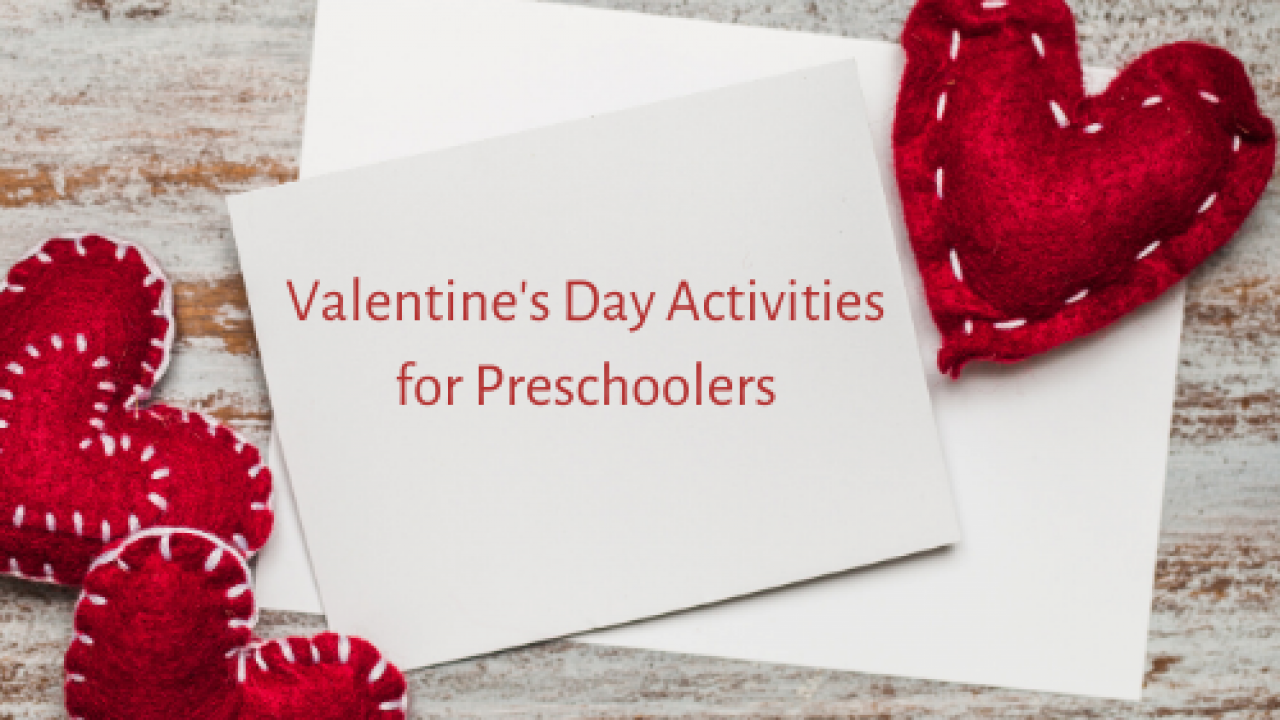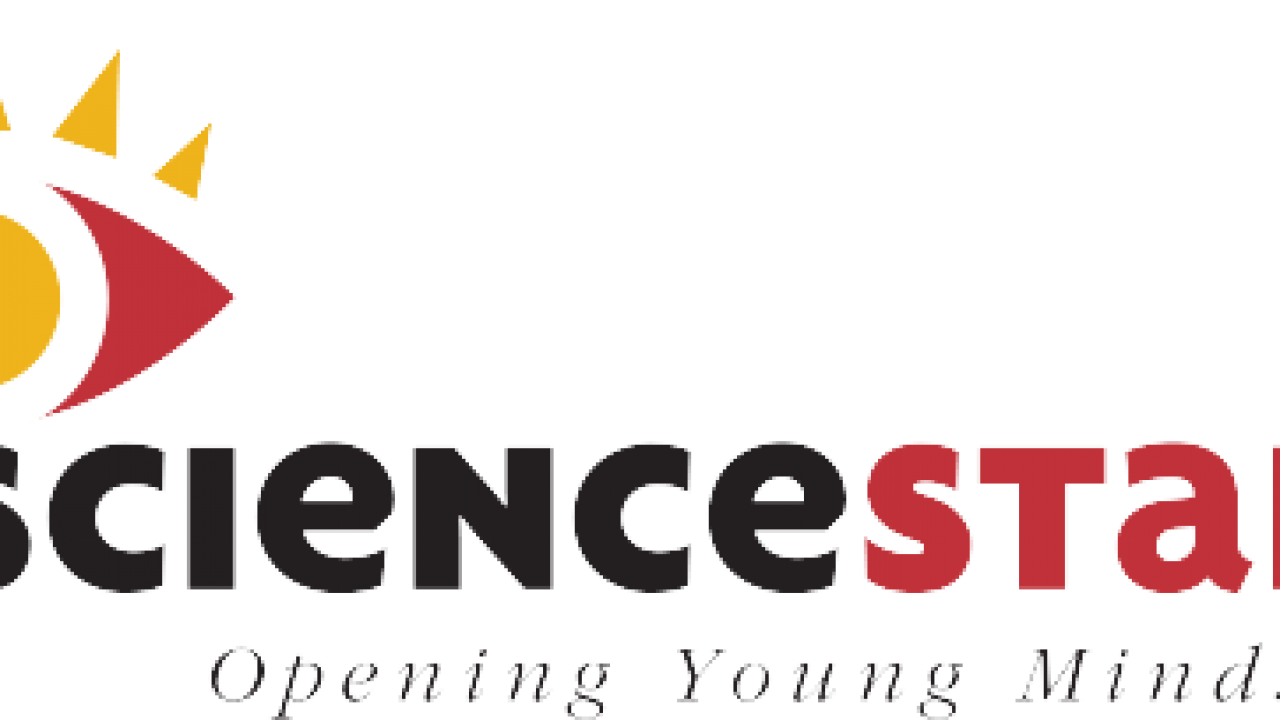
- Blogs
Birds: Observe and Learn
Almost everyone sees birds in their everyday environment. But how much do they really notice and think about the birds? What do they know about birds?
Do they know that birds most likely descended from dinosaurs? Can they name the birds they see regularly? Do they know what different birds like to eat? If they know that birds have nests, do they know that mother birds lay eggs in the nest and then sit on the eggs to keep them warm while baby birds grow inside the eggs? Baby birds are born by cracking open the egg shell from the inside. They live in the nest and the adult birds bring them food.
Any time is good for parents and their children to observe the ordinary birds in their own neighborhood and also to use the internet to watch extra-ordinary birds around the world as they lay eggs, sit on them to keep them warm, then care for them once they are born. At the same time parents and children are observing local and distant birds, parents can take the lead in jointly learning more about birds.
There are many starting-points for an extended family-based investigation of birds. You can start by just noticing and talking about birds in your neighborhood. The birds in your neighborhood will vary by which part of the country you live in. For example in the north-east you will see pigeons and sparrows, and most likely also robins and cardinals. There are several on-line sources to help you identify birds. These include Cornell University’s Lab of Ornithology and The Audubon Foundation.
These websites also contain videos about birds, activities for parents and children to do together, and webcams live streaming both bird feeding stations and the inside of bird nests. Some people have said that live streaming of nesting birds can be as addictive as TV reality shows or soap-operas – ongoing plot, drama, and suspense that draw viewers back for the next episode.
Other excellent resources for learning more about birds include The Nature Conservancy and the National Wildlife Organization.
Start now – take a walk around your yard or neighborhood and see how many different kinds of birds you see. Take notes, make a checklist, go out the same time tomorrow and see if you find the same birds in the same places.
As adults, when we think of machines that we use on a regular basis they probably include things like automobiles, lawnmowers, and washing machines. If we begin to think of machines WITHOUT electricity, this eliminates light-bulbs, computers and many of the machines we now rely on for everyday life.
But, before the invention – and wide availability – of electricity, people relied on machines. Machines were used to build the pyramids. Machines were used for transportation, including horse-drawn carriages and bicycles. They were used for farming (plows drawn by animals), for making cloth (looms), for providing people with drinking water (aqueducts), and so forth.
All mechanical (not operated by electricity) machines are based on six kinds of simple machines: a wheel and axle, a lever, an inclined plane, a pulley, a screw, and a wedge. The wedge and the screw are both modified inclined planes.
These summer fun preschool activities are based on machines and teach concepts of preschool science and math.
Activity #1: Machines – Measuring Speed
With warmer weather upon us, especially if you live in a neighborhood, it’s likely that you see children riding tricycles, scooters and bikes. The kids are having a lot of fun, but what they don’t realize is that they are riding on machines. These machines use wheels to increase movement and speed compared to walking or running.
On your driveway or in any empty space, designate your start point by chalking a line. Then another chalk line at the end point. Children take turns walking from the start line to the end. The adult measures how long this takes either by counting or using a stopwatch. A tally chart is chalked on the pavement with the names of each child and mode of transportation. Then each child runs from that start to the finish line. As you all look at the results of walking and running, ask the children to explain why they think there are differences from person to person. There will be a number of responses and all should be welcomed as great possibilities. Of course, age and size have a great effect on performance. We wouldn’t expect a three-year-old to out-pace a five-year-old. The key point is that running is faster than walking although running uses a lot more energy.
Next, let’s see the effect of wheels to help us move more quickly while not using a lot of energy. We’re going to see what happens when we use a scooter to get from the start line to the end point. Note that we use the action of one leg to help push the scooter forward and that push enables the wheel to move much faster than walking. Next, let’s see what happens when we use a tricycle. Compare the speeds (time taken) between the scooter and the tricycle. Why the difference? They’ll be a number of answers depending on which machine moves faster. The tricycle uses the energy of two legs instead of only one. The scooter can glide but the tricycle cannot. The answer to which will be faster may not be obvious. That’s what your investigation will find out.
Have children who can ride a bicycle compare their speed walking, running, using the bicycle, tricycle, and scooter. Look at the bicycle and speculate on why the bicycle is so much faster. The pedals, chain, and gear magnify the energy efficiently resulting in its wheels turning quickly.
Activity #2: Machines – Measuring Distance
Ramps – inclined planes – are another simple machine. They help us move more smoothly and quickly compared to steps or a rocky surface. People who have mobility challenges may use a wheelchair to move around more freely. But what happens when it comes to navigating steps? A wheelchair can’t go up steps. The person in the wheelchair is stuck. What we need is an inclined plane, or ramp, so the wheelchair can avoid the steps and roll up or down.
If you have a stroller demonstrate how hard it is to go up or down steps compared to a ramp. There are lots of practical reasons to use ramps in everyday life but this next activity is a fun way of showing how a ramp can help move an object more quickly than a flat or bumpy surface.
Make a ramp out of a piece of lumber, baking sheet or board. Place blocks under the top most part to create the slope. Now bring on the toy cars. Depending on the width of the ramp each person can put their car at the top and see what happens. The cars travel down the slope quickly (assisted by gravity) and go much further than a simple push on a level surface.
Here’s the question for our ramp enthusiasts. Will the pitch of the slope affect the speed of the car as measured by how far it travels? Well let’s find out. Count the number of horizontal blocks that make the ramp slope. Use a tally chart to record the pitch of the slope by the number of horizontal blocks. Start with one row of blocks and each child takes a car and releases it down the slope. Use a particular chalk color to indicate when the car stops. Record the data on the tally sheet. Add another row of blocks and see what happens. Do the cars go further? As everyone has taken a turn and chalk marks indicate the stopping point, raise the slope of the ramp by another row of blocks. What happens?
Let everyone contribute to the discussion then look at the data. We can look at the height of the ramp by row of blocks. The more rows of blocks the steeper the ramp. What happens when the ramp is steeper?
One of the things we know about learning is that repetition is very important to help understand concepts and process. These summer preschool activities are truly fun and bear repeating from time to time.
Share This Story:
Related Stories
Preschool Valentine’s Day Activities That Go Beyond Exchanging Cards
January 28, 2020
Blogs
Q&A With Education Director
September 26, 2022
Blogs
Teachers Talk About their Experiences Using ScienceStart!
August 27, 2021
Insights



